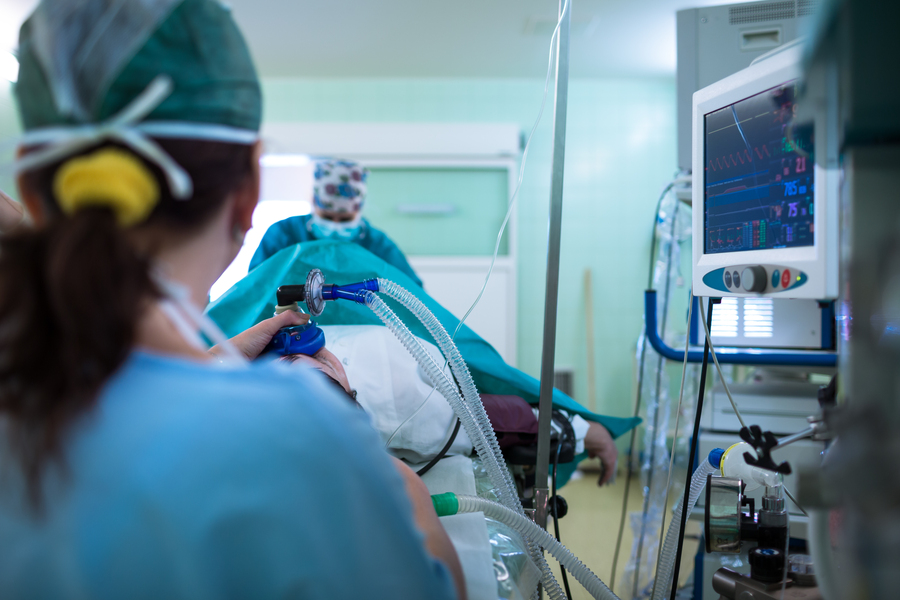If anesthesiologists had a rigorous means to manage dosing, they could deliver less medicine, maintaining exactly the right depth of unconsciousness while reducing postoperative cognitive side effects in vulnerable groups like the elderly. But with myriad responsibilities for keeping anesthetized patients alive and stable as well as maintaining their profoundly unconscious state, anesthesiologists don’t have the time without the technology.
To solve the problem, researchers at The Picower Institute for Learning and Memory at MIT and Massachusetts General Hospital (MGH) have invented a closed-loop system based on brain state monitoring that accurately controls unconsciousness by automating doses of the anesthetic drug propofol every 20 seconds.
The scientists detail the new system and its performance in animal testing in a new open-access paper in the journal PNAS Nexus.
“One of the ways to improve anesthesia care is to give just the right amount of drug that’s needed,” says corresponding author Emery N. Brown, the Edward Hood Taplin Professor of Medical Engineering and Computational Neuroscience at MIT and an anesthesiologist at MGH. “This opens up the opportunity to do that in a really controlled way.”
In the operating room, Brown monitors the brain state of his patients using electroencephalograms (EEGs). He frequently adjusts dosing based on that feedback, which can cut the amount of drug he uses by as much as half compared to if he just picks a constant infusion rate and sticks with that. Nevertheless, the practice of maintaining dose, rather than consciousness level, is common because most anesthesiologists are not trained to track brain states and often don’t take time in the operating room to precisely manage dosing.
The new system is not the first closed-loop anesthesia delivery (CLAD) system, Brown says, but it advances the young field in critical ways. Some prior systems merely automate a single, stable infusion rate based on general patient characteristics like height, weight, and age but gather no feedback about the actual effect on unconsciousness, says Brown, who is also a member of the Institute for Medical Engineering and Science at MIT and the Warren Zapol Professor in Harvard Medical School. Others use a proprietary control system that maintains “black box” markers of unconsciousness that vary within a wide range.

